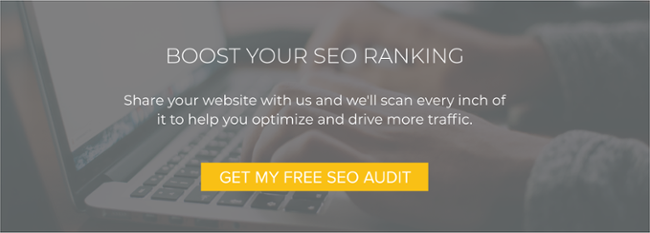4 SEO Items to Audit When Launching a New Site
Search Engine Optimization (SEO) is used to help increase the number of visitors that come to your site. Search engines, like Google, constantly scan websites copy and URLs for keywords. They use what they find to best match the user’s search with a website. Below are four items to audit before launching your site:
1. Meta descriptions
Meta descriptions show up on a Google search as a short description of pages on your site. They should engage customers and make them want more, resulting in them visiting your site. It is recommended that meta descriptions are around 155 characters in length. Best practices when writing meta descriptions are to write in an active voice, include a focus keyword and a call to action.
Accelity Quick Tip: Review your website pages for meta descriptions. If you don't have any setup, go through and add them for your top 5 pages you want people to visit as a quick win, then make a plan to continue to update 5 pages/ week until you're finished.
2. Image Alt text
Alt text on images is very powerful when it comes to SEO and accessibility. Alt-text is used to describe any image on your site through words. Alt text does affect SEO, so feel free to describe your images using keywords that are relevant to your image. Alt text also helps screen readers better scan your site. Any time you add a new image to your site, be sure to add alt text.
Accelity Quick Tip: We have found that the easiest way to accomplish adding image alt text is to do it right when you upload a new image to your site. A quick win would be to add this task to your process for uploading new images.
3. Page load speed
The time it takes for your page to load affects the SEO of your site. Take time to reduce the size of images, the number of plugins and eliminate caching in order to increase page load speed. Google provides a very helpful tool here. Simply, enter your site URL to receive feedback on where to improve your page load speed.
Accelity Quick Tip: An easy, quick way to increase page load speed is to use a plug-in like WP-Optimize to clean the entire site and clear cache, ultimately increasing page load speeds. If your site has a lot of images, Smush is another plugin that optimizes the size of all the images on your site at the push of a button.
4.URLs
Analyze the URLs on each page of your site to make sure that the slugs (everything after the / at the end of your URL) on each page are clear and short. For example, on Accelity’s website, we have a URL of https://accelitymarketing.com/pricing/ which clearly states the visitor is viewing our pricing page. Here is another example from our culture page, https://accelitymarketing.com/culture/. Random letters or numbers are never a good idea when it comes to URL slugs.
Accelity Quick Tip: Luckily, when new pages are added to a WordPress site, the name of the page automatically ends up being the slug of the URL for the page. A quick tip would be to keep the names of your pages in WordPress clear and concise, while still describing what the page is about.
Using these four tips can really improve the SEO of your website and potentially increase the number of visitors your site receives. Meta descriptions help engage users from Google search results, alt text improves accessibility for screen readers, quick page load speeds are proven to keep visitors on your site while clear and concise URLs help the visitor understand what they will be viewing. Let us know if you have any SEO tips!


